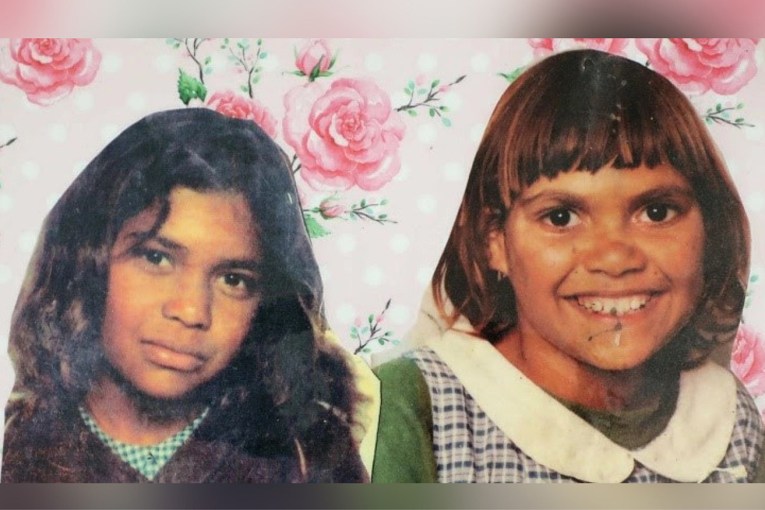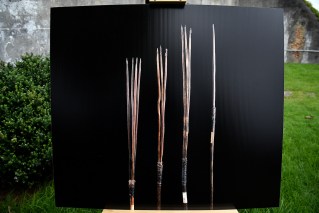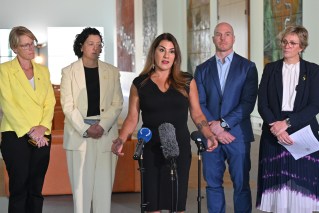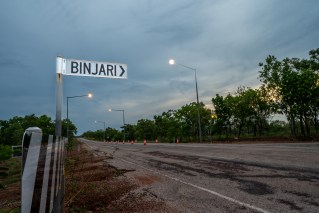CSIRO Parkes Radio Telescope – The Dish – given a Wiradjuri name to mark start of NAIDOC Week
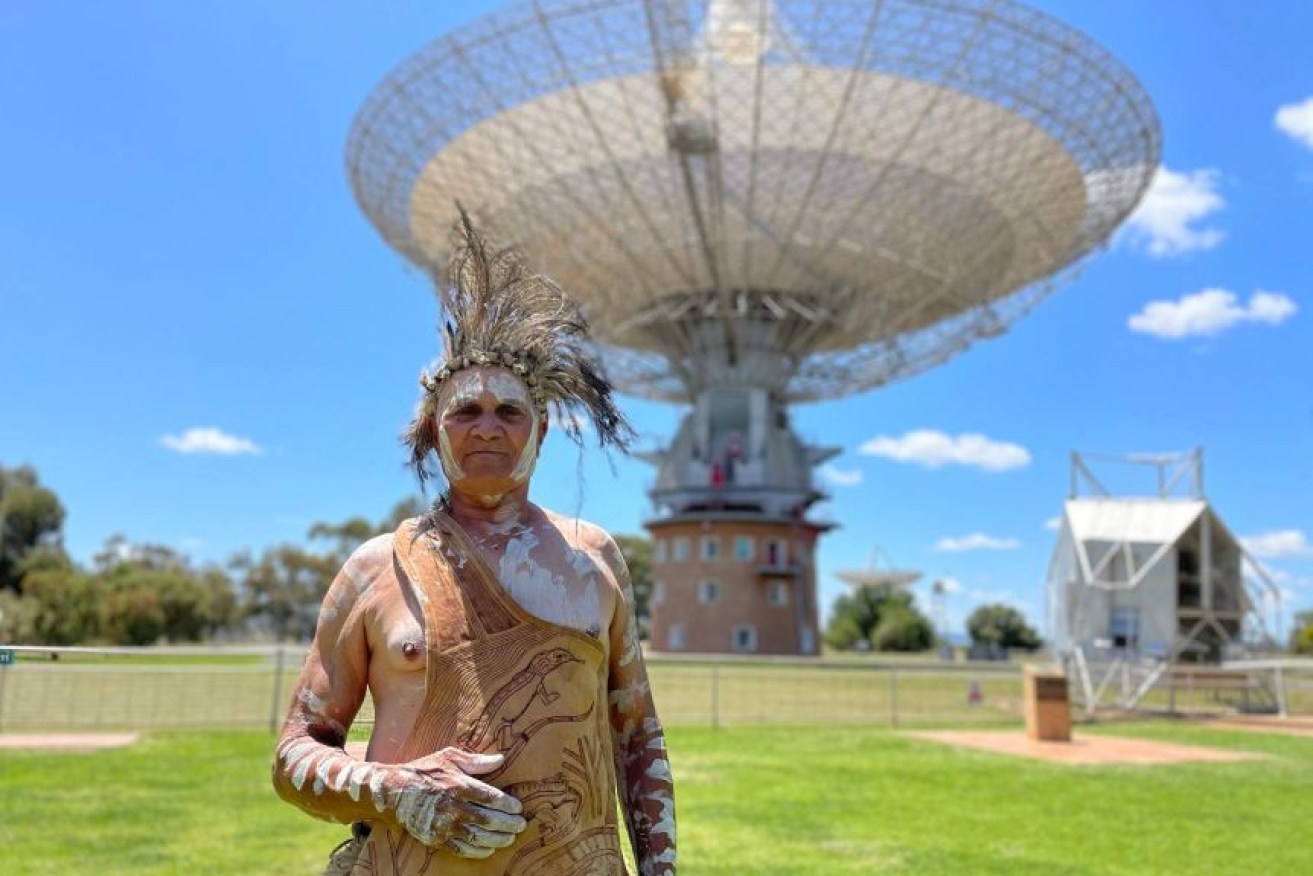
Ralph Naden OAM has performed the smoking ceremony as part of the naming. Photo: ABC News/Hugh Hogan
The Dish, famous for broadcasting the moon landing, will now be known as ‘Murriyang’, representing the ‘skyworld’ that it has scanned for more than 50 years.
Aboriginal elder and Wiradjuri man Stan Grant senior helped to choose the Wiradjuri name for the CSIRO Parkes Radio Telescope to mark the start of NAIDOC Week.
He said Murriyang was the home of the creator spirit.
“Murriyang, it’s the home of Biyaami, if you like. Biyaami is the great creator and it’s his home and it’s in the stars.
“He went back to the stars eventually and now you see Orion’s belt, that’s where he lives,” he said.

Wiradjuri elder Stan Grant Sr says it is a fantastic day for his people. Photo: ABC Central West/Hugh Hogan
Dr Grant has worked to keep the Wiradjuri language alive. His grandfather taught him, but as a young man, he was not allowed to speak it because of the prevailing assimilation practices of the time.
“I was told not to speak it, I wasn’t allowed to speak it,” he said.
“I’m 80 years old … so I never ever imagined that this [naming] was going to happen when I was a young bloke.”
He said to see the Wiradjuri language honoured at one of the most iconic landmarks in the central west of New South Wales gave him great pride.
“Well I think this is a fantastic day for our people, I think it’s one of the biggest things to ever happen to our people actually,” Dr Grant Sr said.
“To me the naming of this telescope is paying respect to our people, and to our culture, and to our language.”

A smoking ceremony has been performed to mark the naming of the telescopes. Photo: ABC Central West/Hugh Hogan
‘Smart Eye’
The Parkes Observatory has three telescopes which all received a Wiradjuri name as part of the ceremony.
The smaller, newer, 12-metre radio telescope was built in 2008 and was given the name ‘Giyalung Miil,’ which means ‘Smart Eye.’
The third, decommissioned antenna was called ‘Giyalung Guluman’, which means ‘Smart Dish’.

CSIRO scientist John Reynolds says the Aboriginal and Torres Strait Islander people have been observing the skies for thousands of years. Photo: ABC Central West/Hugh Hogan
The CSIRO has been working with traditional owners to name their telescopes all across Australia.
The head of radio telescopes, John Reynolds, said the 50-year-old dish at Parkes had been scanning the stars for a fraction of the time that the Aboriginal and Torres Strait Islander people had been.
“It acknowledges the deep connection in astronomy, ” Dr Reynolds said.
“It’s the oldest science. It was practised by Indigenous folks for countless generations before us, and we are very happy to be able to acknowledge that in some way.”
–ABC
